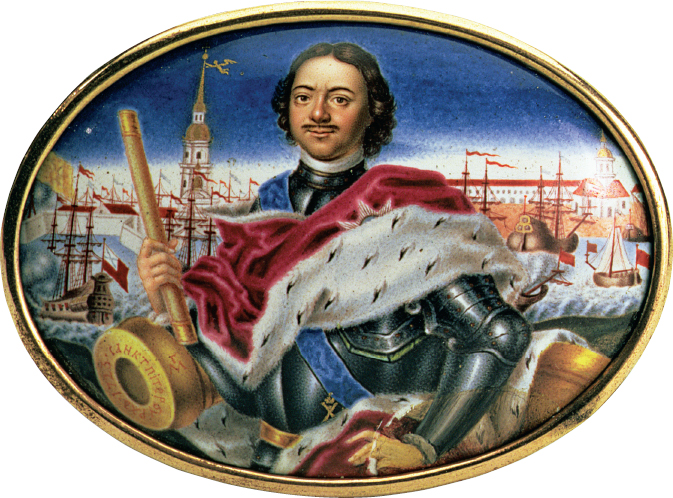What were the distinctive features of Russian and Ottoman absolutism?

Peter the GreatThis compelling portrait by Grigory Musikiysky captures the strength and determination of the warrior-tsar in 1723, after more than three decades of personal rule. In his hand Peter holds the scepter, symbol of royal sovereignty, and across his breastplate is draped an ermine fur, a mark of honor. In the background are the battleships of Russia’s new Baltic fleet and the famous St. Peter and St. Paul Fortress that Peter built in St. Petersburg. (Hermitage/St. Petersburg, Russia/ Bridgeman Art Library)
AA FAVORITE PARLOR GAME of nineteenth-century intellectuals was debating whether Russia was a Western (European) or non-Western (Asian) society. This question was particularly fascinating because it was unanswerable. To this day, Russia differs from the West in some fundamental ways, though its history has paralleled that of the West in other aspects.
There was no question in the minds of Europeans, however, that the Ottomans were outsiders. Even absolutist rulers disdained Ottoman sultans as cruel and tyrannical despots. Despite stereotypes, however, the Ottoman Empire was in many ways more tolerant than its Western counterparts, providing protection and security to other religions while steadfastly maintaining the Muslim faith. Flexibility and openness to other ideas and practices were sources of strength for the empire.
